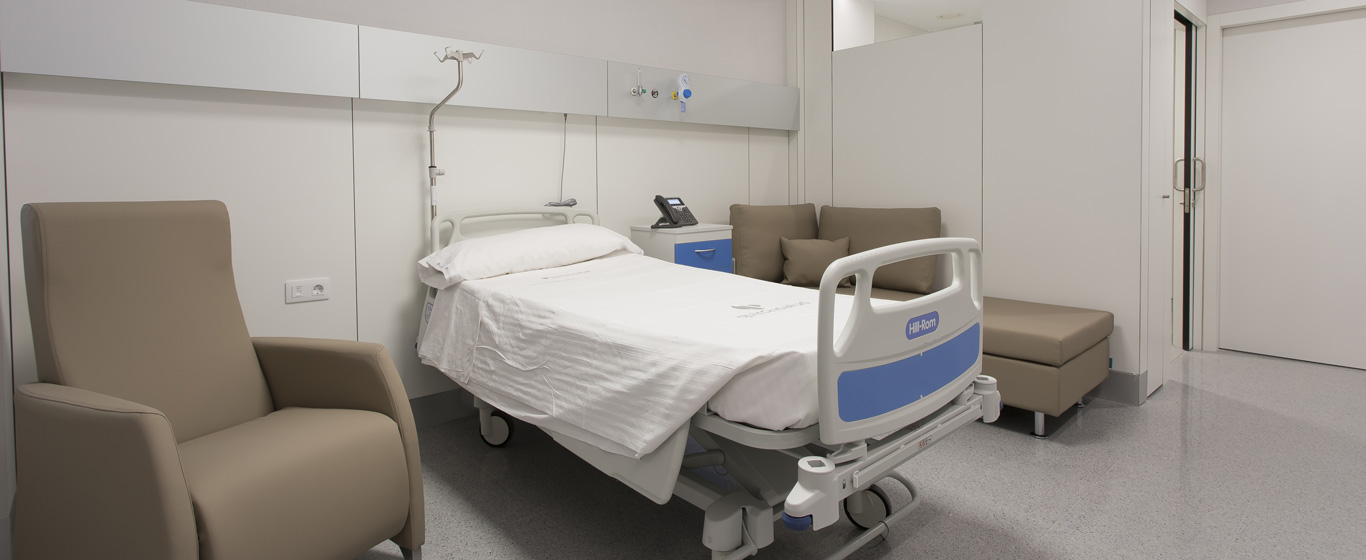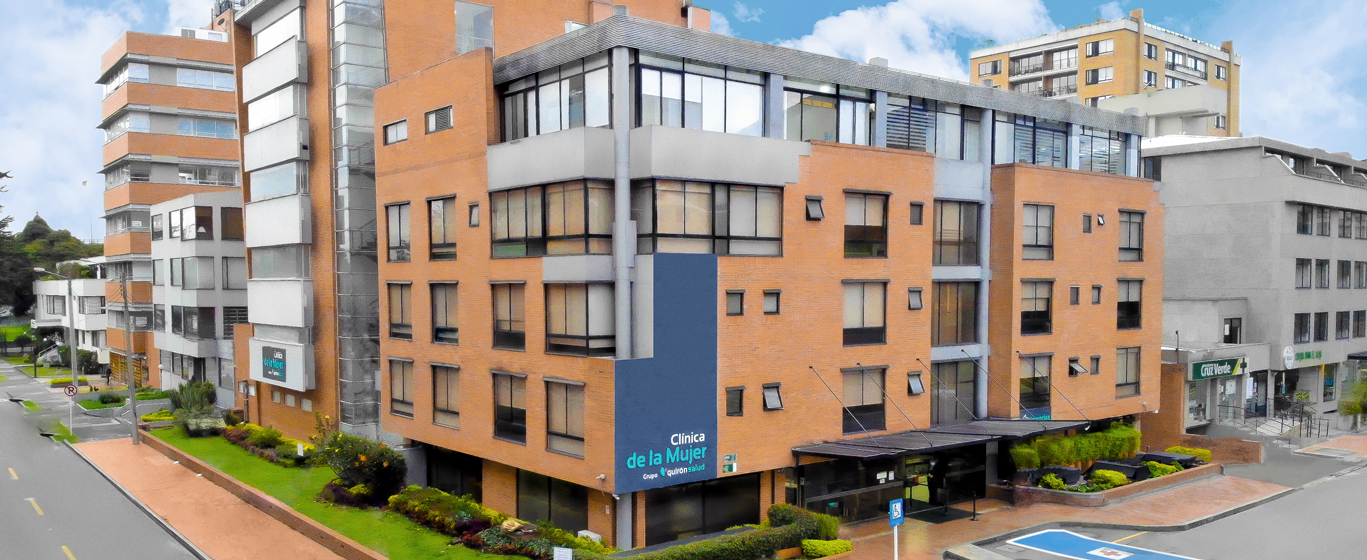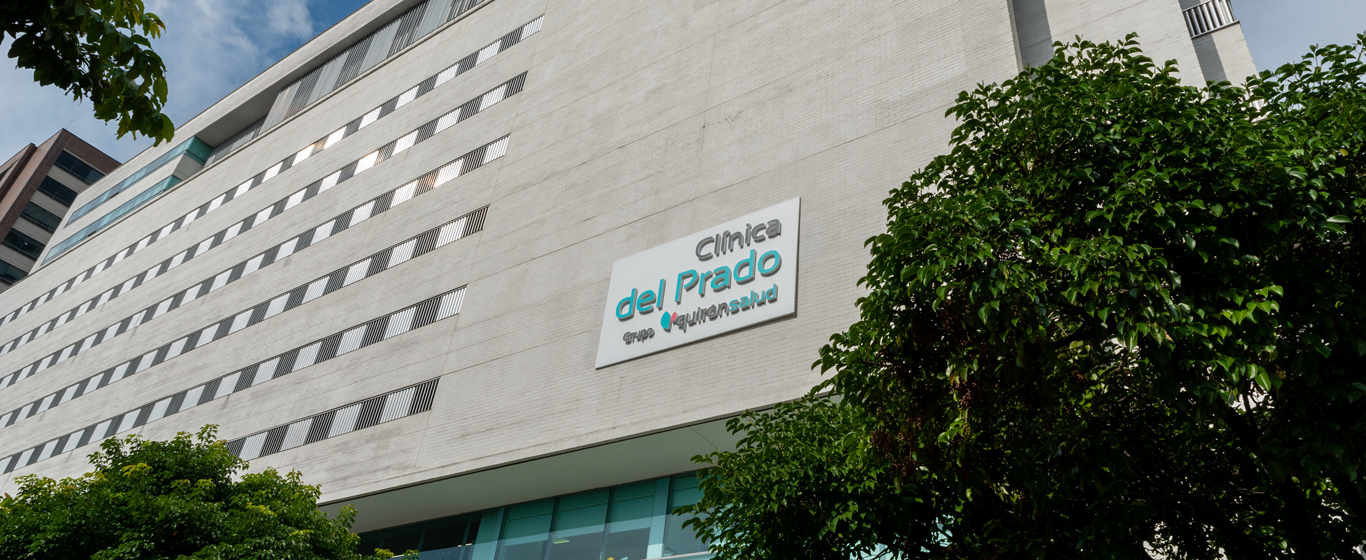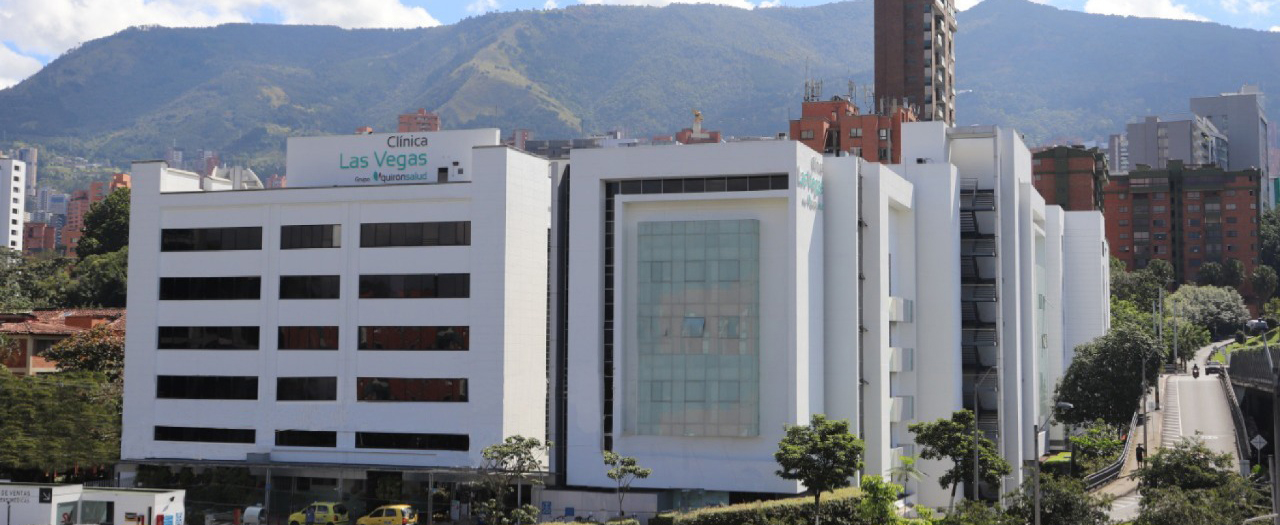Cholecystitis
Why does cholecystitis occur? Complete information about the causes, symptoms, and treatments of this condition.
Symptoms and Causes
Cholecystitis refers to the inflammation of the gallbladder walls, a small organ located beneath the liver that stores bile produced by the liver and releases it into the small intestine during digestion.
Depending on how it presents, there are two main types of cholecystitis:
- Acute cholecystitis: A sudden inflammatory process.
- Acute calculous cholecystitis: The most common type, associated with the formation of gallstones.
- Acute acalculous cholecystitis: A rare but severe form of the disease with a different origin.
- Emphysematous cholecystitis: Inflammation accompanied by the presence of gas in the gallbladder wall or cavity. This is also a very rare and potentially fatal condition.
- Chronic cholecystitis: Long-term inflammation, usually resulting from recurrent episodes of acute cholecystitis.
Symptoms
The common symptoms of cholecystitis include:
- Pain in the upper right abdomen, which may radiate to the right shoulder or back and worsens when pressure is applied to the abdomen. The pain is very intense and persistent in the acute form of the disease, whereas in the chronic form, it is milder and shorter in duration.
- Nausea and vomiting.
- Fever and chills, in the case of acute cholecystitis.
- Abdominal bloating, particularly in acute acalculous cholecystitis.
Causes
Both acute calculous cholecystitis and chronic cholecystitis are primarily caused by cholelithiasis, which refers to the formation of gallstones in the gallbladder. Inflammation occurs when a stone blocks the cystic duct, the passage connecting the gallbladder to the hepatic duct. This blockage prevents bile from flowing, causing it to accumulate in the gallbladder, leading to irritation, inflammation, and often bacterial infection. If acute cholecystitis recurs, chronic cholecystitis develops: repeated damage to the gallbladder leads to scar tissue formation (fibrosis) and gallbladder shrinkage.
Cystic duct obstruction can also occur due to biliary sludge, a thickened bile containing tiny cholesterol and calcium salt particles. In rare cases, the obstruction may be caused by a tumor.
Acalculous cholecystitis, on the other hand, occurs without gallstones and is secondary to other conditions, such as:
- Major surgeries, especially cardiac or vascular procedures.
- Severe trauma or extensive burns.
- Sepsis.
- Prolonged fasting or intravenous feeding.
- Immune system disorders.
- Postpartum.
- Vascular inflammatory disorders, such as systemic lupus erythematosus or polyarteritis nodosa.
- Viral infections.
The gas formation in emphysematous cholecystitis originates from an acute cholecystitis caused by various infectious microorganisms, primarily Escherichia coli or Clostridium perfringens.
Risk Factors
The risk factors for developing cholecystitis include:
- Sex: More common in women.
- Advanced age.
- Pregnancy or hormone therapy: Estrogen increases the likelihood of gallstone formation.
- Obesity.
- Diabetes.
- Conditions associated with acalculous cholecystitis.
Complications
The most common complication of cholecystitis is tissue gangrene in the gallbladder (gangrenous cholecystitis), which can lead to a gallbladder wall perforation. This allows gallbladder contents to leak into the abdominal cavity, causing peritonitis, a severe and life-threatening condition. Perforation is especially common in acute acalculous cholecystitis, as it progresses more rapidly. Emphysematous cholecystitis also has a higher risk of perforation and a significantly increased likelihood of developing septic shock.
The fibrosis resulting from chronic cholecystitis may lead to extensive calcification and hardening of the gallbladder walls, a condition known as porcelain gallbladder, which carries a high risk of gallbladder cancer.
Prevention
To reduce the risk of developing cholecystitis, it is essential to prevent gallstone formation by maintaining a healthy weight, following a diet rich in vegetables and fiber, and avoiding excessive fat intake.
Which Doctor Treats Cholecystitis?
Cholecystitis is diagnosed and treated by gastroenterology and general and digestive surgery specialists.
Diagnosis
If characteristic symptoms are present, the following tests are performed to confirm cholecystitis:
- Abdominal ultrasound: Ultrasound imaging can reveal gallstones, thickening of the gallbladder walls, fibrosis, fluid accumulation in the abdominal cavity, and changes in gallbladder size and shape.
- Abdominal computed tomography (CT) scan: This highly detailed X-ray imaging can detect perforations and the presence of gas in the gallbladder.
- Hepatobiliary iminodiacetic acid (HIDA) scan: This test involves injecting a radioactive substance (radionuclide) that binds to bile-producing cells. The movement of this substance through the bile ducts is then tracked using a gamma camera, allowing detection of any duct obstruction.
Treatment
Treatment for cholecystitis requires hospitalization and may include the following:
- Fasting to reduce gallbladder workload.
- Intravenous fluids and electrolytes to prevent dehydration.
- Pain management with nonsteroidal anti-inflammatory drugs (NSAIDs) or opioids.
- Antibiotics to combat or prevent infection.
- Cholecystectomy: Surgical removal of the gallbladder, performed either via open surgery (a large abdominal incision) or, more commonly, laparoscopic surgery (minimally invasive, using small abdominal incisions and a laparoscope).
- Endoscopic retrograde cholangiopancreatography (ERCP): A procedure using an endoscope with a camera to remove gallstones that have obstructed the common bile duct (the passage connecting the liver and gallbladder to the small intestine). This is often performed before surgery if bile duct obstruction is present.
- Cholecystostomy: Gallbladder drainage to prevent the spread of infection. This can be done percutaneously (using a tube inserted through the abdominal wall) or endoscopically (via an endoscope inserted through the throat).






































































































